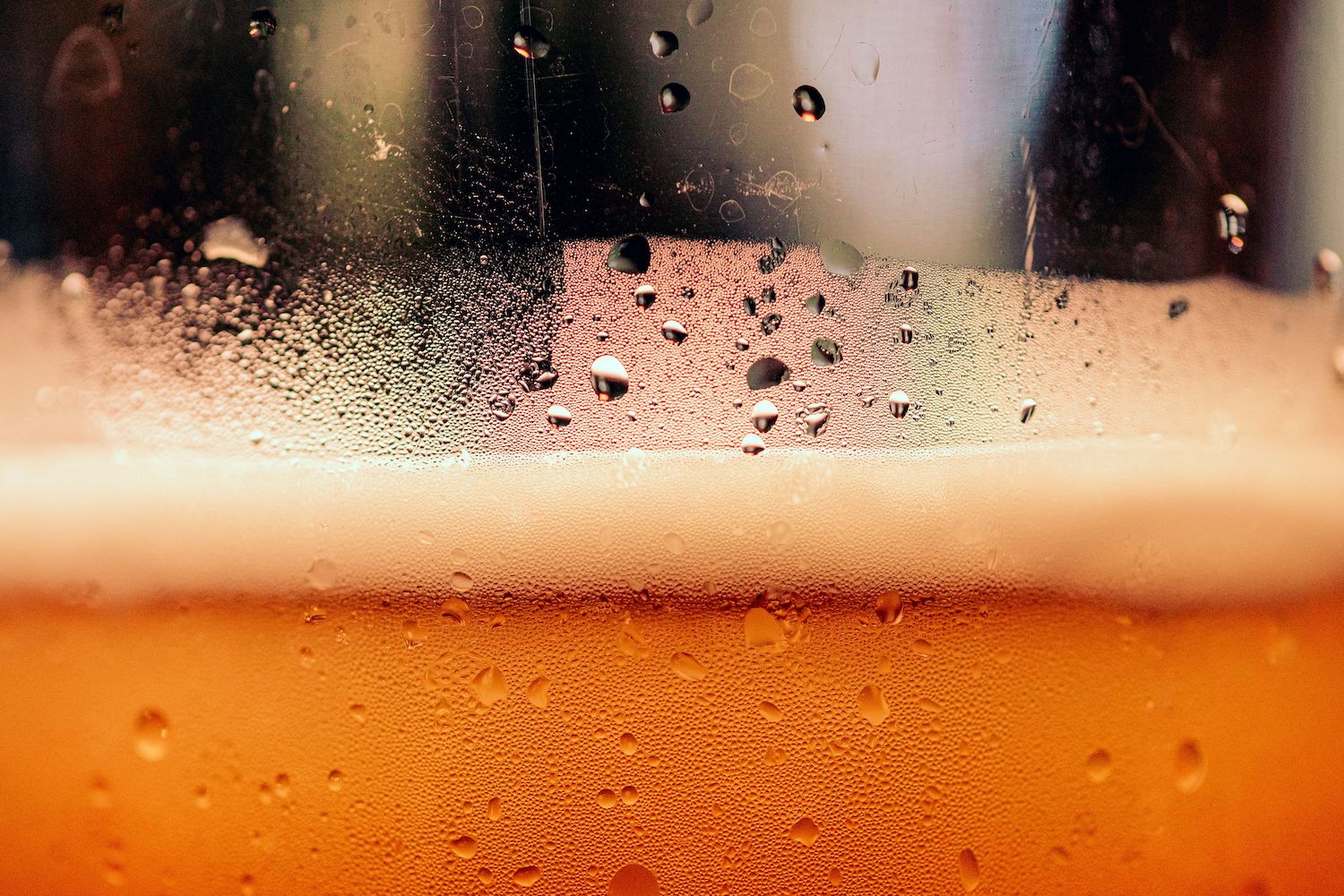
While from the outside, we understand how the prospect of making your own beer, wine, or kombucha may be daunting, we are here to tell you it shouldn’t be. If you can bake bread at your house, then you also possess the requisite abilities to brew your liquor. Understandably, your first few attempts may not go as smoothly as you envision. And that’s mainly because many sources that guide you on the homemaking alcohol process either try to dumb things down too much or will often fail to include some key aesthetics that are pertinent to the brewing process.
All it takes is a little leap of faith, and we’ll get you there. Ready? Let’s get straight to it, then. And after a hard working day of brewing, remember to blow off some steam with some epic online entertainment at ICE Casino.
The Liquor-Making Kits
While you may know of people who have intricate and often intimidating lager-making setups in their garages or backyards, you necessarily don’t have to go out of your way to build a mini-brewery. Here’s what your homemade brew-making kit should entail:
- A quality fermenter;
- A sanitizer;
- A stir spoon;
- Scale;
- Thermometer;
- Stockpot;
- A bottling kit.
Once you’ve got all your pieces of equipment in place, then you can commence cooking up some magic.
The Liquor Brewing Process
The brewing process entails a lot of intricate directions that need to be followed to the latter. Let’s break things down.
The Preparation Phase
Your success in this will largely be hinged on how well you prepare to brew. A crucial element in the brewing process is yeast. We ideally have to create an environment where this ingredient wholly thrives and eats away at the sugars ( another key element) without much competition. What’s that competition, you may ask? That’s bacteria that may not only prevent the production of alcohol but will also lead to the production of impure alcohol, that isn’t fit for consumption. This is why it is vital to thoroughly sanitize your brewing equipment. So, make sure you invest in a good sanitizer and get cooking!
Get Brewing!
Once you’re done on the sanitation front, you can commence the official brewing process. Fill your alcohol gallon with approximately 2.5 gallons of water. Commence the steeping process for your grains for about half an hour. Do this until your water clears the 170 degrees mark. Remember not to squeeze the grain bag too tight as you remove it, as this could remit tannins that could interfere with your beer’s flavor. Let the water from the grain bag flow into the kettle as you prepare to boil.
The next step entails starting the boiling process. Boil the contents of your kettle up to a roaring boil. At this point, remove the kettle from the heat and add malt extracts. Once the malt extract has diffused in the kettle, the boiling can continue. At this juncture, you will add hops at occasional intervals. What follows is now the solution you have, which is referred to as wort. Cool it as quickly as possible in an ice bath.
Fermentation
Once you’ve ensured all your equipment is sufficiently clean, pour the cooled wort into your fermenter. Add up to 5 gallons of water, and aerate your wort by splashing water around it. This helps to provide the yeast with oxygen to help with fermentation. Add an appropriate level of yeast to your wort and seal it. Store this solution in a cool, dark place at approximately 68 degrees. This process can take up to two weeks.
Bottling
The final step of this process entails bottling. Transfer your brew ( preferably by siphoning) into your bottling bucket. If you need to, you can add certain bottling additives like priming sugar. You can then proceed to fill out the liquor bottles. Allow the alcohol to condition for about two weeks, and all that’s left to do is refrigerate the brew and take your first sip!
Kombucha and Wine
At its core, that’s what a beer-making process should look like- fairly simple and nothing over the top. Be that as it may, there could be some complicated ingredients that go into the specifics. For example, if you want to make kombucha, you’d still need the yeast, tea, which could be organic, black, or green, boiling water, and a brewing jar. As for wine, the only fundamental ingredient that will be different from beer will be grapes or whichever fruit you decide to use.
Craft Your Delicious Brew Today!
There are so many ingredients out there for brewing, depending on the specific liquor you want. Make use of resources like books and YouTube videos to get started. That said, remember to maintain high sanitation levels throughout the entire process.

